In the summer of 1996, Bob Walker (my father), Jan Walker-Roenisch (my sister), Alan Roy (an NRAO postdoc at the time), and I (Craig Walker) canoed the Horton River in the Northwest Territories of Canada. We flew to Horton lake on July 26 and back from the river mouth on Aug. 14. These are pictures from that trip.
The pictures were taken with either my Konica T3 SLR or by me with Joan's tiny Olympus XA. The Olympus was in my pocket once when I slipped into the water, dunking it. That explains the odd colors of the pictures in the canyon region - the film was soaked and had to be recovered by a professional lab in Albuquerque. There were massive color shifts in the process, including loss of much of the blue. What you see is the result at compensating with color corrections in the Gimp. In any case, after being dried as well as I could, the camera was fully functional again two days later. The water was very clean and fresh and the camera has very little electronics, including no flash, so it could stand the soaking. The photos were scanned to PhotoCD by Kodak. The photos were made with Kodak Gold print film.
I have not done much annotation for this show yet. I want to do more of that and I want to scan some more photos that I did not have added to the PhotoCD, including some taken by Bob and Jan.
By the way, the broken canoe in one picture was not one of ours.
We found it abandoned along the river. Valiant attempts had been made
to repair it, but in the end, they did not really work. We don't know
how long it had been there. We also found 3 other canoes that had
been cached, but had been damaged by the weight of snows or maybe
animals.
Navigation: Index Page
Click on the image for a screen size version. The "2000" and "full size" versions are larger (not available in web versions).
Click on the image for a screen size version. The "2000" and "full size" versions are larger (not available in web versions).
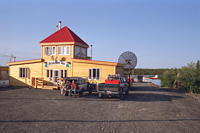
|
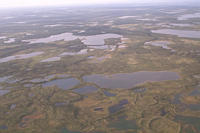
|
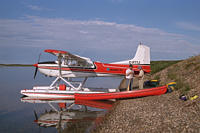
|
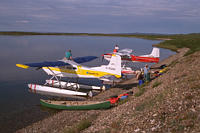
|
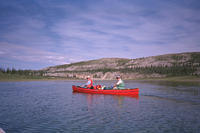
|
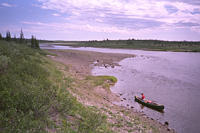
|
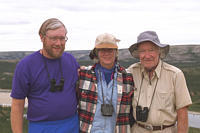
|
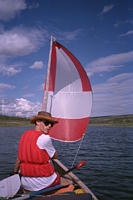
|
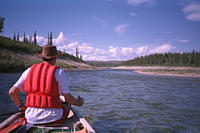
|
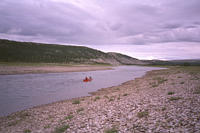
|
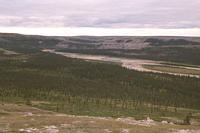
|
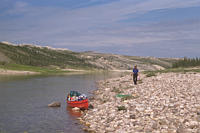
|
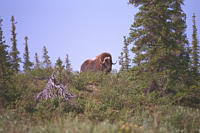
|
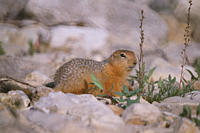
|
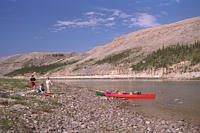
|
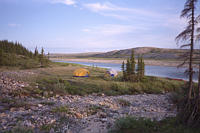
|
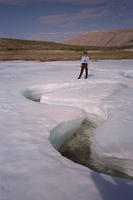
|
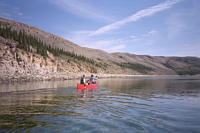
|
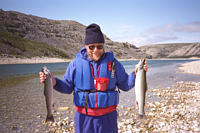
|
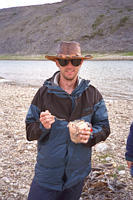
|
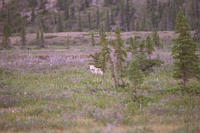
|
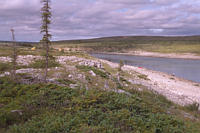
|
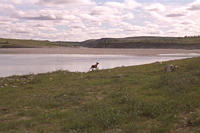
|
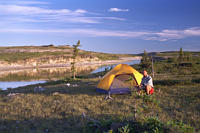
|
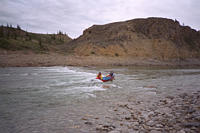
|
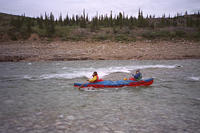
|
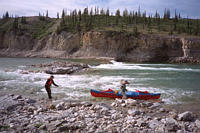
|
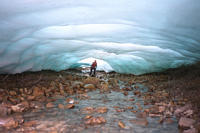
|
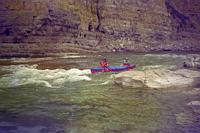
|
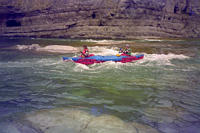
|
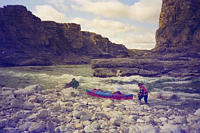
|
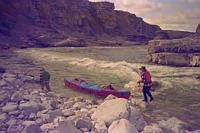
|
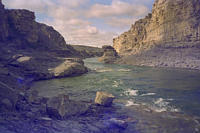
|
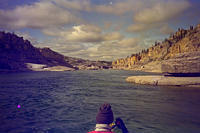
|
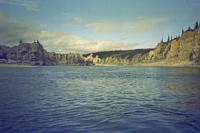
|
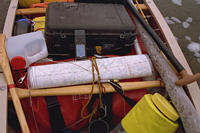
|
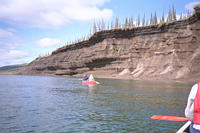
|
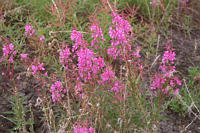
|
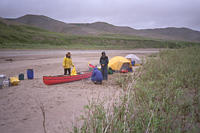
|
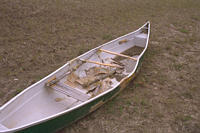
|
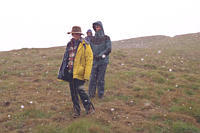
|
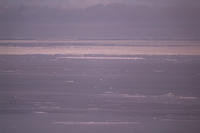
|
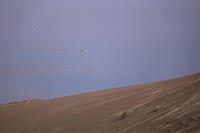
|
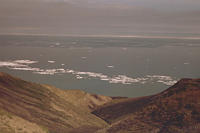
|
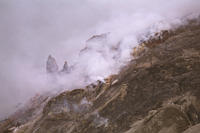
|
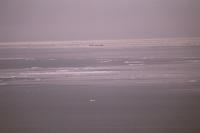
|
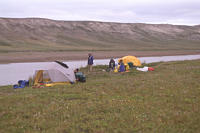
|
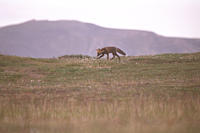
|
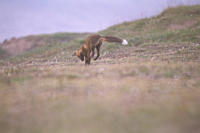
|
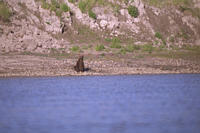
|
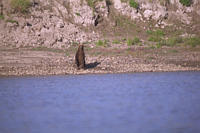
|
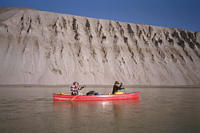
|
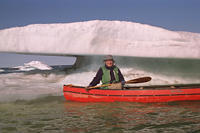
|
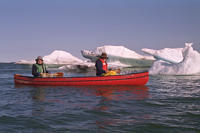
|
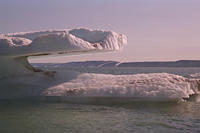
|
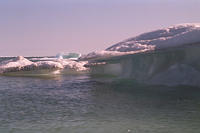
|
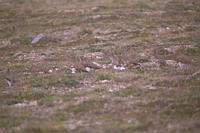
|
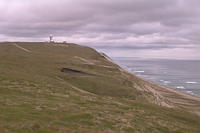
|
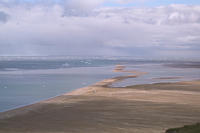
|
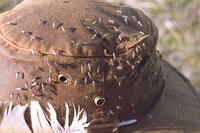
|
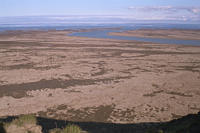
|
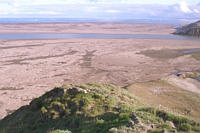
|
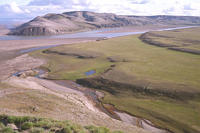
|
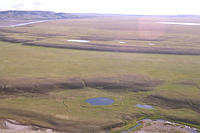
|
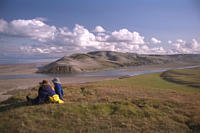
|
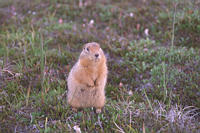
|
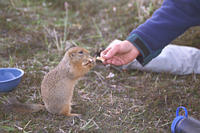
|
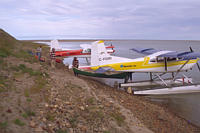
|
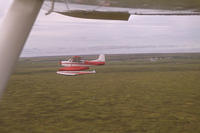
|
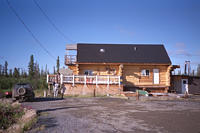
|
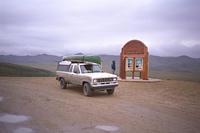
|
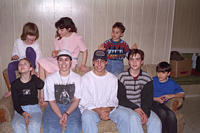
|